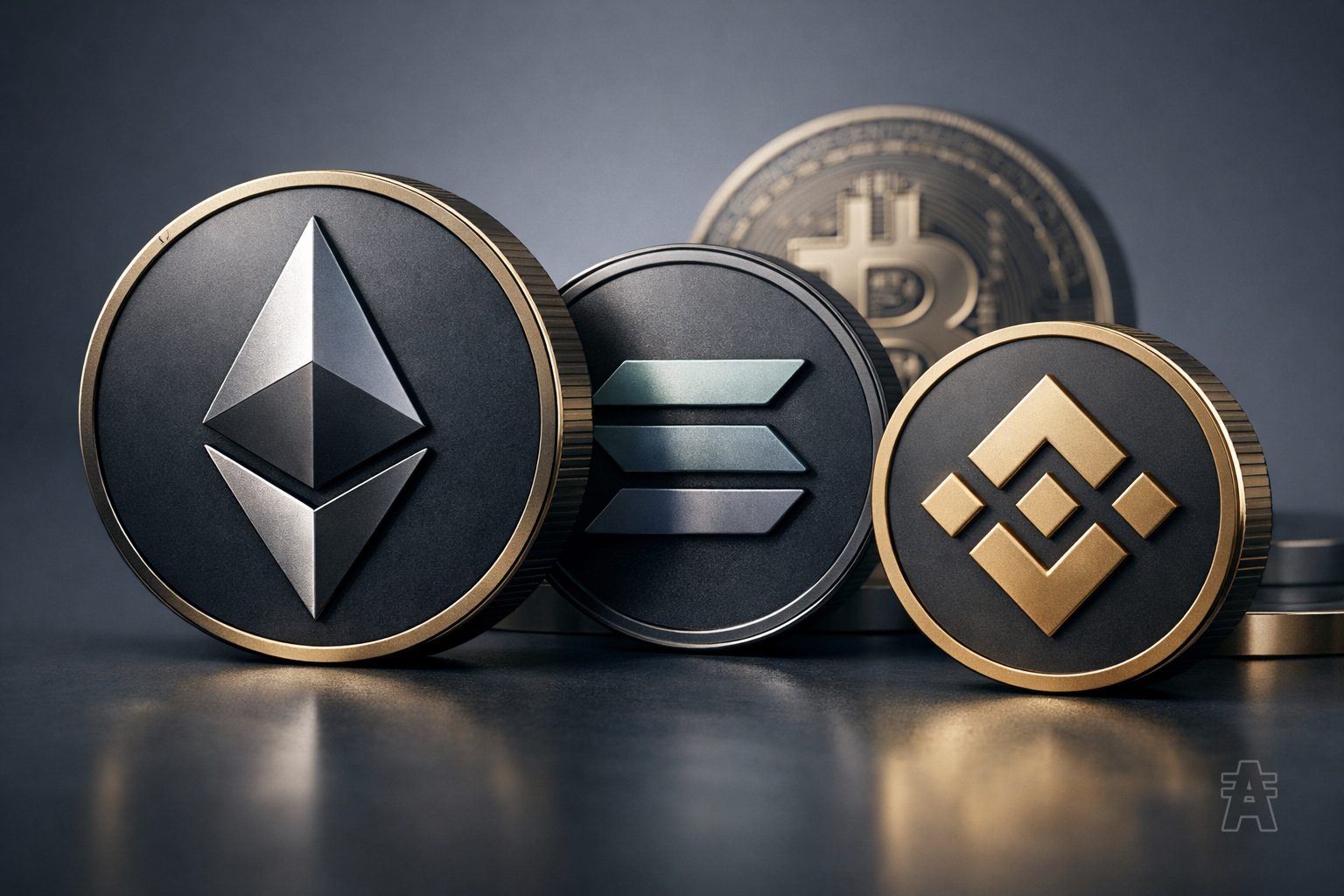Table of Contents
The world of the internet has seen its fair share of revolutions. From the static pages of Web 1.0 to the interactive platforms of Web 2.0, we're now entering a transformative phase of decentralization: Web 3.0. And at the heart of this paradigm shift is Ethereum. It's not just another cryptocurrency. Ethereum promises a future where the internet isn't controlled by centralized entities but instead is powered by its users. As we explore Ethereum future projections, it becomes evident that this technology can reshape our digital landscape. Let's dive into the depths of Ethereum's ocean of possibilities.
The Ether in Ethereum: More Than Just a Cryptocurrency
When people hear "Ethereum," many instantly think of "Ether," its native cryptocurrency. But that's just scratching the surface.
Ethereum vs. Ether
- Ethereum: It's the overarching platform, a decentralized network where developers can build applications.
- Ether: The cryptocurrency that powers Ethereum, acting like a "fuel" for operations.
Ethereum's true value doesn't merely rest in its financial worth but in its potential to revolutionize the web as we know it. As the building block of Web 3.0, Ethereum offers more than monetary value; it presents an ideology of a decentralized web.
Decentralized Finance (DeFi): Hitting the Nail on the Head
Before Ethereum's advent, the finance sector was synonymous with bureaucratic red tape and centralized institutions. But Ethereum changed the game.
With its ability to facilitate "smart contracts," Ethereum provided the foundation for the rise of Decentralized Finance (DeFi). DeFi is a financial system where intermediaries like banks are obsolete. Instead, everything from loans to insurance can be brokered directly between users, secured by Ethereum's blockchain technology.
Key Advantages of DeFi:
- Empowerment: Puts control back into the hands of individuals.
- Accessibility: Anyone with an internet connection can participate.
- Transparency: Every transaction is verifiable on the blockchain.
Smart Contracts: The Ace Up Ethereum’s Sleeve
Imagine signing a contract where, once the terms are met, the obligations are automatically executed, with zero risk of breach. Welcome to the world of smart contracts.
These aren't contracts in the traditional paper-and-ink sense. Instead, they're self-executing contracts where the terms are directly written into code lines. It's Ethereum's pièce de résistance, and here's why:
Real-World Applications of Smart Contracts:
- Real Estate: Automating rent payments and property sales without intermediaries.
- Supply Chain: Ensuring transparent product tracking from manufacturer to end-user.
- Voting Systems: Facilitating tamper-proof voting mechanisms.
The Challenges: No Bed of Roses
While Ethereum promises a rosy picture of the future, its journey isn't without thorns. The platform, in its current state, faces two main challenges.
Ethereum's popularity has its drawbacks. With increased demand, the network sometimes gets congested, leading to skyrocketing transaction fees.
With the current Proof-of-Work (PoW) system, Ethereum can process only a limited number of transactions per second. It's a significant roadblock, especially when compared to traditional payment systems.
Ethereum 2.0: Turning Over a New Leaf
In light of these challenges, Ethereum isn't resting on its laurels. Ethereum 2.0, often termed "Eth2" or "Serenity," is the platform's answer to its critics. It's not just a mere update; it's a complete overhaul.
The Promises of Ethereum 2.0:
- Proof-of-Stake (PoS): Moving away from the energy-intensive PoW, PoS promises to be more energy-efficient and scalable.
- Shard Chains: Instead of one single chain processing transactions, Ethereum 2.0 aims to introduce 64 shard chains, improving the network's capacity manifold.
While these advancements sound promising, it's essential to approach them with cautious optimism. After all, every silver lining has its cloud.
Riding the Web 3.0 Wave
As we stand at the brink of 2025, Ethereum's journey from being a mere idea to pioneering Web 3.0's future is nothing short of inspiring. While it's true that Ethereum faces competition and challenges, its innovative spirit and the community's resilience set it apart.
The world is yet to witness the full magnitude of Ethereum's impact. But one thing's for sure: Ethereum isn't just a passing trend. It's a force to be reckoned with, spearheading the Web 3.0 wave and shaping the internet's next chapter.
To the ordinary user, the Ethereum tide might seem overwhelming. But as with all technological revolutions, it's the early adopters who ride the wave, while others play catch-up. Here's to Ethereum's promising voyage into the heart of Web 3.0.








